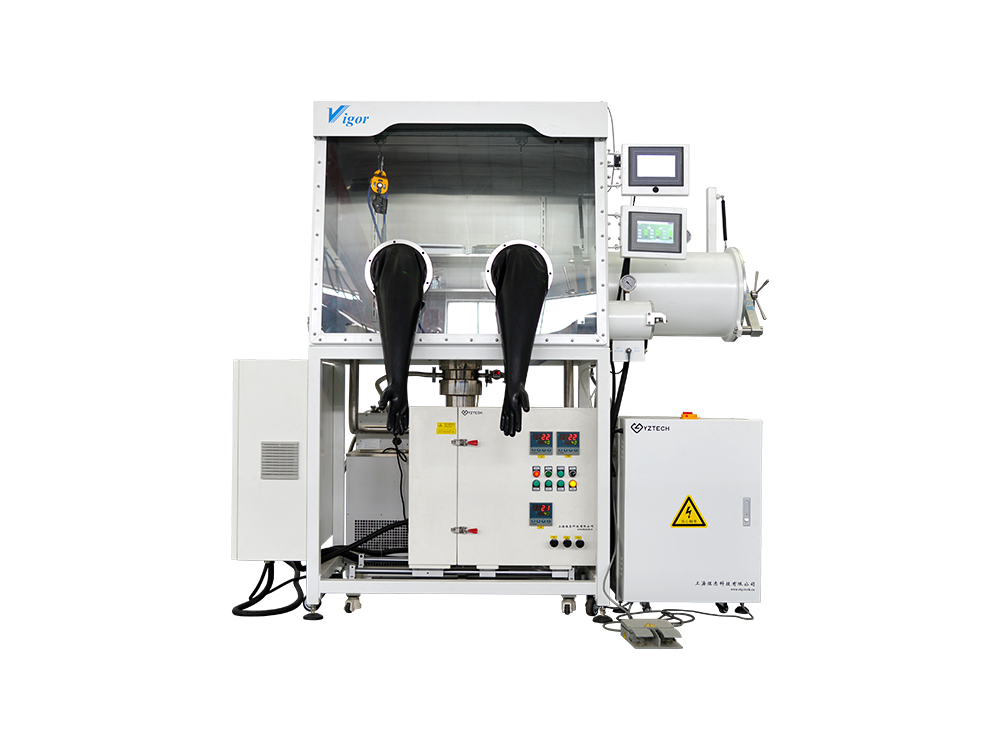The Molten Salt Vacuum Distillation System is an advanced technology used for the separation and purification of materials in various industrial applications. This system leverages the unique properties of molten salts and vacuum conditions to efficiently separate components based on their boiling points. It is particularly useful in processing high-temperature materials and in applications where traditional distillation methods are not feasible. This article provides a comprehensive overview of the working principles, advantages, and applications of the Molten Salt Vacuum Distillation System.

1. Molten Salt as a Medium:
Molten Salts: Molten salts are inorganic compounds that are liquid at high temperatures. They are used in the distillation process because of their high thermal stability and low vapor pressure. Common molten salts include mixtures of sodium nitrate, potassium nitrate, and other salts.
Thermal Stability: The high melting points and thermal stability of molten salts allow them to operate at temperatures well above the boiling points of many metals and compounds, making them suitable for distilling high-boiling materials.
2. Vacuum Distillation:
Reduced Pressure: Vacuum distillation involves lowering the pressure inside the distillation system to reduce the boiling points of the components being separated. This is achieved by creating a vacuum environment within the distillation chamber.
Boiling Point Reduction: By reducing the pressure, the boiling points of the materials are decreased, allowing for the separation of components that would otherwise require extremely high temperatures.
3. Distillation Process:
Heating: The molten salt is heated to a temperature where it remains in a liquid state and is capable of providing the necessary thermal energy for distillation. The material to be distilled is introduced into the system.
Separation: As the mixture is heated, the components with lower boiling points vaporize first and are carried away by the vacuum. The vaporized components then condense on a cooler surface or are collected in a separate chamber.
Condensation: The vapors are condensed back into a liquid phase by cooling them, allowing for the collection and separation of purified components.
4. Material Collection:
Product Collection: The separated components are collected in different parts of the system, allowing for the retrieval of both the distilled product and any residual material. The system is designed to handle and process the collected materials efficiently.
High-Temperature Processing: The use of molten salts allows for the processing of materials at high temperatures without the risk of decomposition or unwanted reactions.
Efficient Separation: The combination of high-temperature molten salts and reduced pressure enhances the efficiency of separation for materials with high boiling points.
Reduced Energy Consumption: Vacuum distillation lowers the boiling points of materials, which can result in reduced energy consumption compared to conventional distillation methods that operate at atmospheric pressure.
Versatility: The system is versatile and can be used for a wide range of applications, including the purification of metals, separation of chemical compounds, and treatment of industrial by-products.
Material Compatibility: The materials used for the construction of the distillation system must be compatible with molten salts and able to withstand high temperatures.
Maintenance: Regular maintenance is required to ensure the system operates efficiently and to address any issues related to the molten salts or vacuum components.
Safety: The system must be designed with appropriate safety measures to handle the high temperatures and vacuum conditions involved in the process.
The Molten Salt Vacuum Distillation System is a powerful and versatile technology for the separation and purification of high-temperature materials. By utilizing the properties of molten salts and vacuum conditions, this system offers efficient and effective processing for a range of industrial applications. Understanding its working principles and advantages helps in leveraging its capabilities for advanced material processing and purification tasks.


